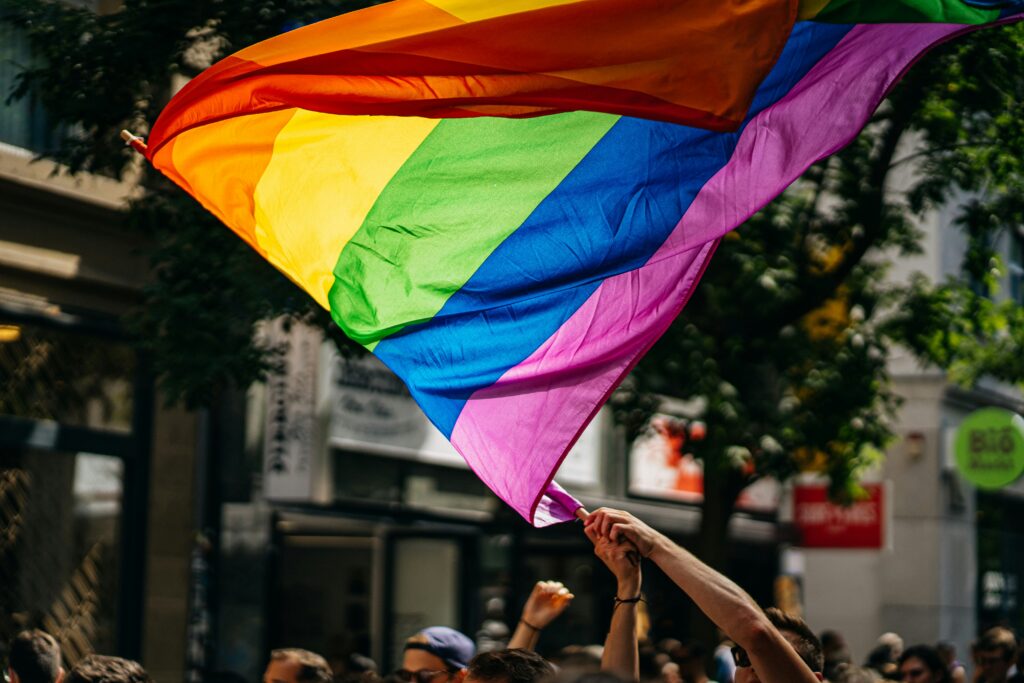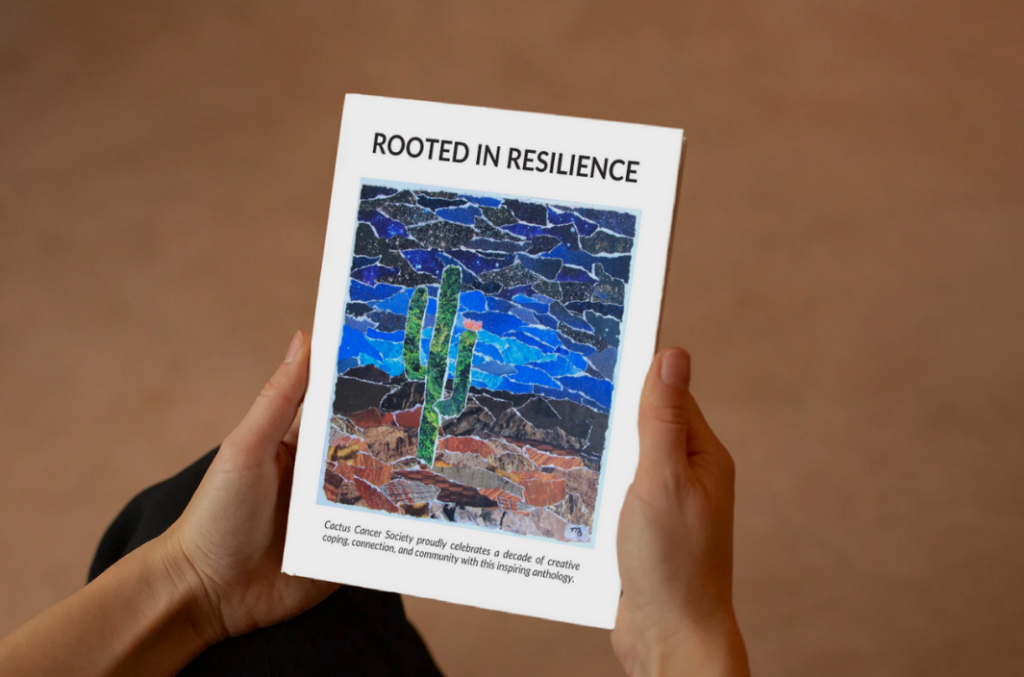Welcome to the comments and discussion of the Young Adult Cancer Book Club! We are reading The Immortal Life of Henrietta Lacks by Rebecca Skloot! Catch up on Chapters 1-3, Chapters 4-6, Chapters 7-9, Chapters 10-12, Chapters 13-15, Chapters 16-18, and Chapters 19-21.
Let’s get started!
Chapter 22. “The Fame She So Richly Deserves.” 1970-1973.
This chapter briefly takes us through the years when Henrietta’s identify was finally made public. While for some time, names such as Helen Lane or Helen Larsen, are circulated briefly, finally the pubic record is “set straight.” The widespread contamination of HeLa into other cell lines is also discussed briefly again in this chapter and the ‘War on Cancer,’ initiated by Nixon, begins.
– Mallory C
Chapter 23. “It’s Alive.” 1973-1974.
This chapter was the start of part three, Immortality. The deeper I delve into this book and read about the insanity of some of the scientific injustices, the more I find myself in disbelief. I think this is the chapter I was anxiously waiting to read, when the family FINALLY finds out about HeLa. However, it wasn’t as I had hoped. In today’s day and age, I am grateful for the amount of science that is discussed, whether it be in schools, on the news, etc. I can’t imagine trying to wrap your head around the scope of what HeLa was in the ’70s, let alone if you had limited education. There were no computer generated slideshows that might put a face to the name of cells, mutations, etc. Science back then would be like speaking a completely different language to someone who knows nothing about it. This is how the Lacks family must have felt when trying to understand HeLa.
We learn that in order to get the HeLa contamination under control, the scientists want to get more blood samples from the Lacks family. In a time when you didn’t question doctors, they agreed. Zoom in on Deborah, Henrietta’s daughter, who is now having anxiety as this is all happening around the same time for her as when her mother got sick. Maybe the scientists could help her avoid the same fate as her mother. It was all for greedy reasons, we find out though. They were using Deborah for more research. When she asked for more clarification, all McKusick did was give her one of his books. Which he so kindly signed, and included a phone number in case Deborah wanted to give more blood. Again, practically written in a foreign language. When looking through the book, she finds a picture she’d never seen before of her mother. How completely shocking that must have been for her. She didn’t know how they’d gotten it, or where, and once again, no one ever asked their permission to print it. Yet another time, where no one thought of the family, or how their actions would affect them. It is absolutely infuriating to me. It makes me grateful knowing that when I sign consent forms, how I have that privilege knowing my permission is being asked. That courtesy was never extended to the Lacks family. I have come to realize I should look those forms over a bit more carefully than my normal sign and go.
– Aerial D
Chapter 24. “Least They Can Do.” 1975.
Henrietta’s family remains mostly in the dark for so much of this story. Regardless of many in the rest of the world now knowing about HeLa and the cell line’s significance for science and humanity, researchers continue to take from the Lacks family without making sure they understand what is happening. Michael Rogers, a journalist from Rolling Stone magazine, stops by to talk to the family and tells the author, “It was so clear they hadn’t been treated well. They clearly had no idea what was going on, and they really wanted to understand. But doctors just took blood samples without explaining anything and left the family worrying.” Uhhh, yea. Awful. Henrietta, in particular, is wracked by anxiety as she continues to completely misunderstand how HeLa cells are making advances in science. With the healthcare system under fire (finally) for the Tuskegee study, “Henrietta was a black woman born of slavery and sharecropping who fled north for prosperity, only to have her cells used as tools by white scientists without her consent…It was also the story of cells from an uncredited black woman becoming one of the most important tools in medicine.” A big deal, all around.
– Mallory C
—
Thanks for joining us for Chapters 22-24 of The Immortal Life of Henrietta Lacks by Rebecca Skloot! Join in next Monday for Chapters 25-27.
If you’re just joining us, here are some logistics:
We will talk about several chapters each Monday until the book is done (probably about three chapters since the book has so many). Then, we’ll use one more Monday to talk about general feelings from the book and anything else you’d like to discuss. Join in, in the comments every week! At the end, we’ll have a book club discussion via video chat! Also, there will probably be spoilers. Read along with us!
How are you enjoying our young adult cancer book club?







